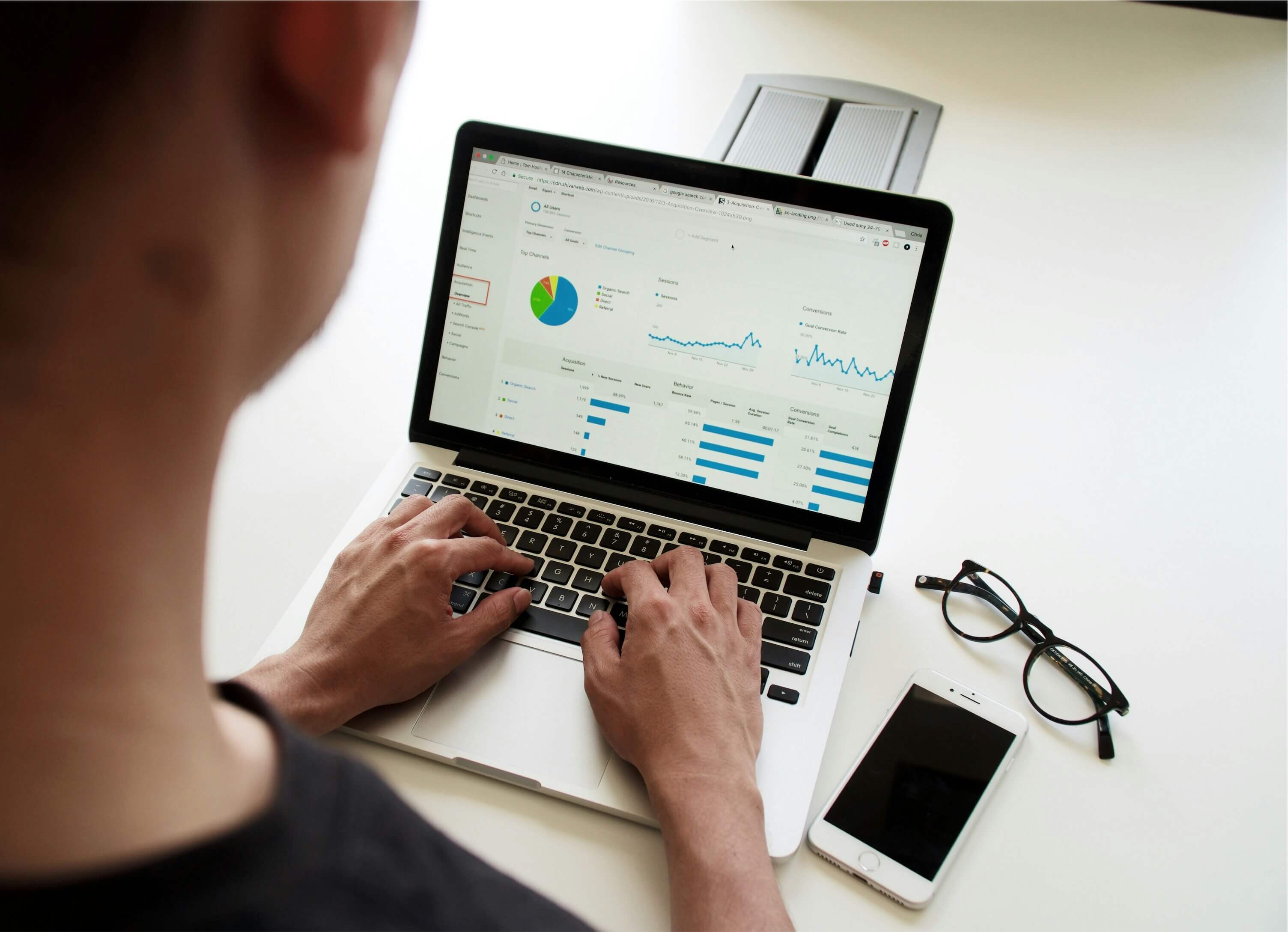What is VAT?
Learn what Value Added Tax is and how it works as a consumption tax applied to goods and services at every stage of production and distribution.
What is VAT tax, and why does it matter? VAT is a key part of the UK’s tax system, affecting businesses and everyday consumers. Whether you’re running a small business or managing a growing enterprise, understanding how Value Added Tax works can have a real impact on business profitability. By knowing when and how to reclaim VAT on expenses, setting accurate pricing and sticking to compliance, businesses can improve cash flow, reduce costs and protect their bottom line.
In this guide, we’ll cover:
- What is VAT?
- VAT rates and registration thresholds
- VAT registration thresholds
- How VAT works
- Exemptions and zero-rated items
- Advantages of VAT
- Disadvantages of VAT
- How to register for VAT
- How Dojo can help
- FAQs
What is VAT tax?
VAT, or Value Added Tax, is an indirect tax added to most goods and services sold in the UK. While it's collected by businesses, the cost is paid by the end consumer. The VAT meaning is essentially an indirect tax placed on goods, included in the price of what’s bought – unlike income tax, which is taken directly from the salary.
So what does VAT look like in the UK? The UK VAT rate is applied at various points in the supply chain, from raw materials to the final retail sale.
Here are a few key facts to know about VAT:
- VAT applies to most goods and services sold within the UK.
- Businesses collect VAT on behalf of HM Revenue & Customs (HMRC)
- VAT-registered businesses can reclaim VAT paid on eligible purchases
- The standard VAT rate UK is 20%, with lower or zero rates for certain specified goods.
VAT rates and registration thresholds
What is the VAT threshold?
VAT in the UK isn’t one-size-fits-all. There are different VAT charges in the UK, depending on the type of product or service.
What is the VAT rate in the UK?
The current VAT rates UK are:
- Standard rate (20%): Most goods and services
- Reduced rate (5%): Essentials like home energy and mobility aids
- Zero rate (0%): Most food items, books, and children’s clothing
What is exempt from UK VAT?
- Financial and insurance services
- Postage stamps
- Education and some training
- Certain medical services
UK VAT registration threshold
As of the 2023/24 tax year, businesses must register for VAT if their VAT-taxable turnover is over £85,000 over any rolling 12-month period. This threshold has stayed the same since 2017.
Key points to note:
- The threshold is based on a rolling 12 months, not the calendar year.
- Businesses below the threshold can still register voluntarily.
- VAT-exempt income (such as from financial services) doesn’t count towards the threshold.
How VAT works
VAT is charged whenever a product or service increases in value. This can happen during manufacturing, warehousing, wholesaling, or retailing – and VAT is applied at each of these stages.
Here’s a basic example of how VAT flows through the supply chain:
- A manufacturer buys raw materials and pays VAT on those purchases.
- The manufacturer creates a product, adds VAT when selling to a wholesaler.
- The wholesaler adds their margin and charges VAT to a retailer.
- The retailer sells to the end customer with VAT included in the final price.
Businesses can reclaim the VAT they’ve paid on business-related purchases – known as input VAT – and then submit the difference between what they charged and what they reclaimed to HMRC.
VAT exemptions and zero-rated items
It’s worth familiarising yourself with zero-rated and VAT-exempt goods when it comes to VAT from the UK:
- Zero-rated goods (e.g. most food and children’s clothes) are taxable at 0% – they count towards VAT registration thresholds, and businesses can reclaim VAT.
- Exempt goods (e.g. insurance or private tuition) are not subject to VAT and don’t count towards thresholds – and businesses generally can’t reclaim VAT on related costs.
Advantages of VAT
- Easier tax collection: VAT is paid in stages, helping with compliance
- Reliable funding for public services: It brings a steady flow of government income
- Better record-keeping: Businesses need to stay organised to reclaim what they’ve paid
- Harder to avoid: The invoice trail makes it harder for people to dodge tax
Disadvantages of VAT
- Affects lower incomes harder: Low-income consumers may feel the impact more
- More admin for businesses: VAT-registered businesses must keep records, submit returns, and track different rates
- Complexity: Navigating exemptions, thresholds, and rates can be tricky – especially for small businesses
- Can raise prices: Businesses often pass VAT costs on to consumers
How to register for VAT
Businesses will need to provide basic business information, a Government Gateway account, and a choice of VAT scheme – such as the standard, flat rate, or cash accounting scheme.
After registration, HMRC will issue a VAT number, and the business will now need to charge VAT and submit regular returns.
For a full step-by-step guide, check out our guide to registering for VAT.
How Dojo can help
Introducing our powerful card machines into your business operations makes transactions simplifies payments and helps you effortlessly track and manage VAT. By accepting card payments, you can simplify VAT reporting and keep your financial records spot-on.
Plus, with real-time reporting, you'll have instant access to transaction data, helping you stay ahead of your VAT obligations. Looking to stay on top of all things VAT, accounting and more? Check out our blog for extra insights.


